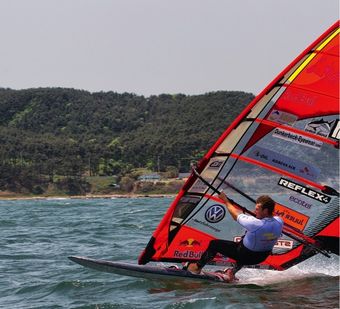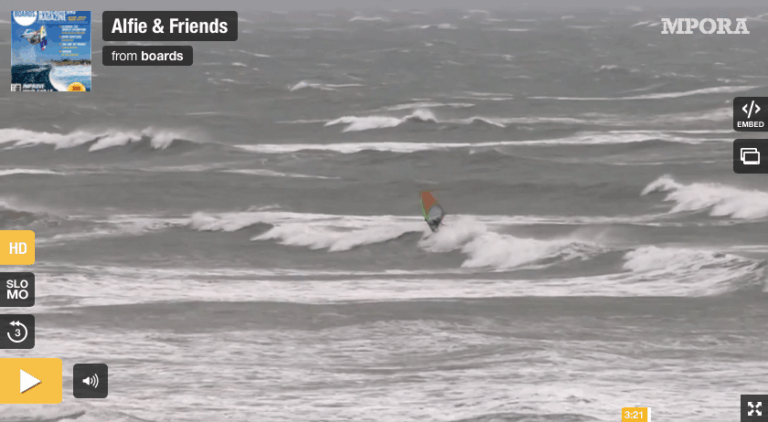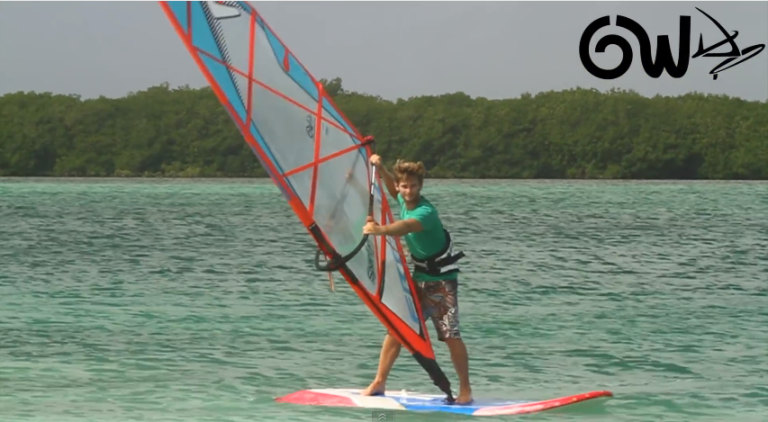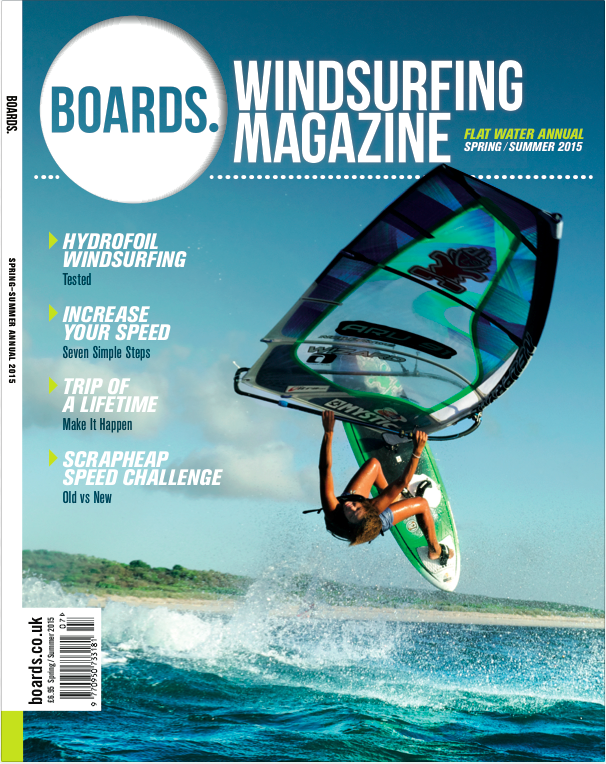One of the biggest problems in windsurfing is forearm cramp/losing grip… but how can you stop this? Does one style of grip mean less forearm problems and more time on the water? Sean O’Brien investigates…

Long debated in the pubs after a sailing session are the pros and cons of over vs underhand grips in windsurfing. Or, as they are more technically referred to: supinated (under) and pronated (over) grips.
If we look at the biggest names on the PWA Slalom World Tour, in lighter winds sailors are using pronated grips whilst sailing and gybing.

The consensus is that a pronated grip allows you to roll your shoulders forward a little further whilst sailing to get your body further from the rig and increase your leverage. It also allows you to grip the boom with just your fingertips and reduce muscle fatigue in your forearms, compared to tightly gripping the boom with your whole hand. With the high boom heights that slalom sailors typically run, having a pronated grip in the gybe allows you to pull down on the boom, keeping the nose of your board down and helping engage the rail. So, simple isn’t it? Just use pronated grips and you will be the best! Case closed…
Well, how do we then explain the riders who use a supinated (under) front hand and pronated backhand? The likes of Ben van der Steen and Cyril Moussilmani to name a few use this technique in both sailing and gybing and sailors like Ross Williams use this grip whilst sailing but changes to a pronated front hand for the gybes! Say what???
To push the debate even further, where it starts to get even more interesting is when we move to strong wind sailing. If we take a look at those same top sailors: Albeau, Dunkerbeck, Volwater, Maynard for example, all of them have shifted to a supinated front hand. Is this for more control in high winds? Is this because they may be more tired sailing in high winds?
More factors come in to play; in higher winds we are on our smaller boards which don’t require as much lift and we lower our booms for control. We stand more compact over the board whilst sailing to keep control instead of hiked out as far as possible. Some sailors who use seat harnesses in light winds shift to waist harnesses for strong winds to get more control.
So now what? How can we settle this debate if even the top guys are changing all the time? It’s time we let the scientists share their insights and take a look at the physiology and biomechanics of grip technique.
The science actually points to the opposite of what windsurfers generally think. Studies done on windsurfing grips and muscle fatigue show that using a double supinated grip (both hands under) uses the least amount of muscle activity whilst sailing, followed by a front hand supinated and back hand pronated grip – seriously!
The studies looked at muscle activity with the different grips over prolonged periods of time combined with various boom diameters to see which would be the best setup and technique to reduce the commonly found pain windsurfers complain of – forearms and hands. These studies also showed that the smaller the boom diameter, the less muscle fatigue for the sailor – when testing the difference between 32, 30 and 28mm booms, the most common sizes found on the market.
The science doesn’t take in to account other factors in windsurfing such as board control, boom height, sea conditions and the type of sailing done which can all impact on how you are sailing your rig and how tired you are getting. Whilst the studies’ double supinated grip findings doesn’t agree with the commonly held beliefs of most windsurfers, what it does agree on is that after prolonged windsurfing sessions sailors get a lactic acid build-up in their forearms from lack of oxygen in the flexor muscles of your fingers (i.e. holding on to the boom really tight) which can be somewhat relieved by changing your grip on the boom every now and again and using a smaller boom diameter (ever wondered why your wave boom is 28mm?).
Read that as, when you are starting to get tired, change grips every now and again to increase oxygen flow and stretch your muscles a little – stop thinking about it and do whatever makes you the LEAST tired!





